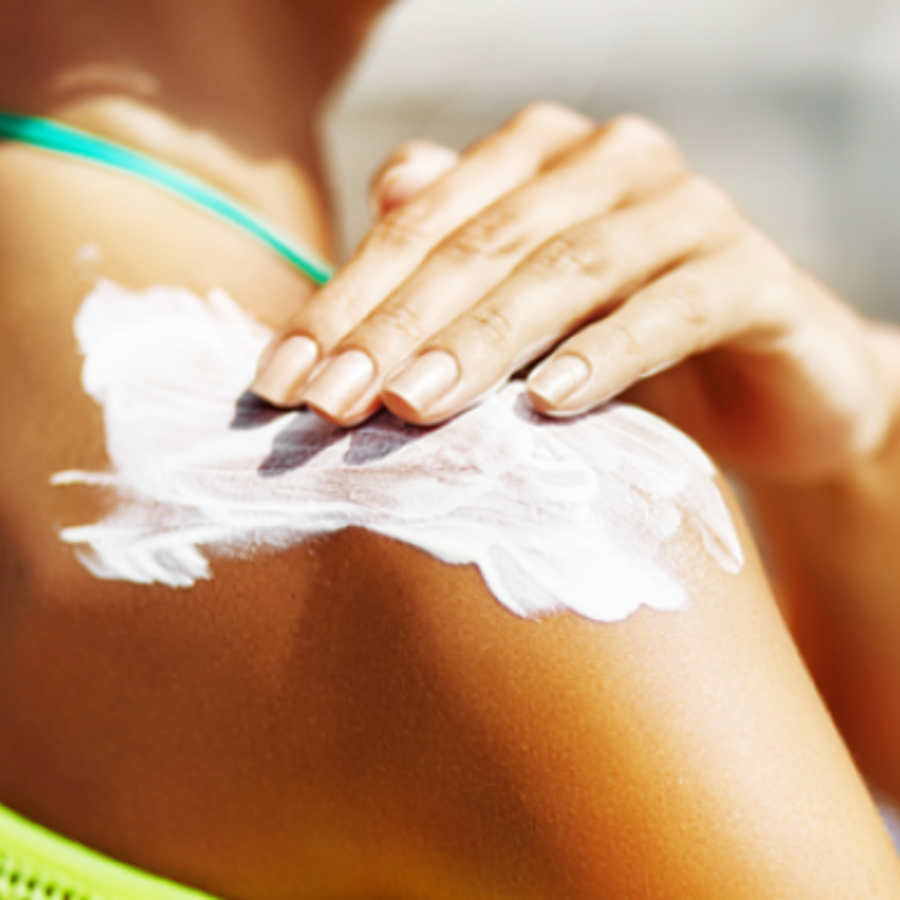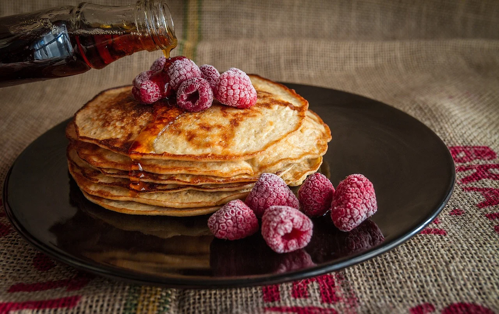
Does UV damage a specific part of DNA?
December 13, 2016

- Related Topics:
- Environmental influence,
- Mutation,
- Editor's choice
An undergraduate from France asks:
"Does UV damage any part of the DNA or only a specific part? For example, can it damage a gene that codes for a protein involved in muscular contraction and paralyze us?"
The short answer is that UV rays can damage any part of our DNA. So we could get a mutation in a gene that could affect muscle movement.
Luckily for us, UV rays can only damage the DNA in cells they can reach: our skin cells. Our skin cells don’t actually use the muscle gene (see below), so a mutation in it wouldn’t matter for them. The gene in all of our muscle cells would still be fine.

So a mutation in a muscle gene in our skin doesn’t matter. But other mutations in the DNA of our skin cells can still cause problems. The ones we worry the most about are ones that can cause cancer.
UV light is a powerful mutagen: it can cause lots of mutations in our DNA. However, most of us don’t have skin cancer, and that’s for a few very important reasons.
Four Reasons We Survive UV Damage
It isn’t just UV rays that are messing up the DNA in our skin. Other mutagens from the environment and processes within our cells can also cause mutations. You can read about exactly how UV and other mutations happen here.
Given this monumental amount of abuse, it seems like we should all have skin cancer, right? Luckily, this isn’t what happens. That’s for a few key reasons:
1) Most of Our DNA Isn’t Instructions
DNA is like an instruction book for making a living thing. The most important parts of it are the genes. Each gene is like a specific instruction.
We can think of our DNA as a giant cookbook of recipes to make you. Each recipe is like a gene and tells us to do something important.
The most important mutations are usually the ones that happen in a gene. These can sometimes cause the gene to not work or work differently than usual.
For our cookbook, an example of a mutation that causes a problem would be something that completely changes a recipe.

Let’s say a recipe for pancakes called for 2 eggs. Someone smudged the page and now it reads “12 eggs.” If you made the pancakes with the new recipe, this would completely change the way the pancakes looked and tasted.
Luckily, most of our DNA is not genes. In fact, only about 2% is. The rest is called noncoding and doesn’t have any genes or instructions (although some of it is important too!).
It is as if our cookbook is mostly blank pages with the occasional recipe thrown in. If someone comes and scribbles on any of these pages or tears them out, we can still make those pancakes. We only really care if someone messes up the recipes (or the genes) themselves.
This is one reason why not all DNA changes are problems for us. They happen in the blank spaces between the places that matter most.
2) DNA Repairs Itself
The second reason many mutations have no effect is that they aren’t always permanent. Our cells use certain genes to fix our DNA, and they are actually pretty good at it. Most DNA damage is fixed before it causes any problems. (Click here to see what can happen when one part of this repair machinery is broken.)
This is similar to spilling some sauce on one of our recipes and then wiping it away. If we clear it in time, the damage to our cookbook is completely fixed. The pancakes we’re making will still taste great!

3) Lots of Changes Are Harmless
The third reason is that even if a mutation happens in a gene, it may not cause a problem.
We all have thousands of changes in our genes that don’t cause problems. These are called benign changes. We’re each born with many these changes in all of our cells.
Some of these variants (another word for mutations) make us different from other people. Many of these variants probably don’t do anything, good or bad.
For example, let’s say someone went into our recipe book and changed that pancake recipe. Instead of the recipe saying “2 eggs,” it now says “two eggs.” The recipe still says the same thing, so our pancakes will still come out tasting delicious. The change did not affect the outcome.
4) Each Cell Doesn’t Need All of Our DNA
The last reason is that even if there is a problematic change in a gene of one cell, that cell might not care about that change.
Let’s go back to our recipe book example. We’re still trying to make our pancakes.
If someone came and destroyed the chocolate chip cookie recipe, it doesn’t affect us (at least not right now). We can still make pancakes even if other recipes are damaged or missing.
Our DNA works very similarly. Each type of cell only needs to read some of the recipes or genes. Our skin cells focus only on the recipes they need. Our muscle cells need a few other recipes to tell them what to do.
This is why a change in a gene only used by muscle cells wouldn’t harm our skin cells. It’s just like how the cookie recipe won’t affect our pancakes.
DNA Changes and Skin Cancer
So our bodies have lots of layers of protection from mutations caused by UV rays. But nothing is 100%. Sometimes those 2 eggs become 12 eggs in the recipe and our pancakes are ruined.
Luckily, only a very small percent of genetic changes from UV rays actually cause problems. Remember, for a mutation to cause damage, it needs to happen inside a gene, not get fixed, and cause a problem with a gene that that cell uses.
Skin cancer is a common example of when all of these requirements come together to cause a genetic problem.
When someone has lots of exposure to UV rays through sunlight, they are likely to have lots of changes made to the DNA in their skin cells. By this same logic, they are more likely to get one of those rare changes in the DNA of one of their skin cells that actually causes problems.
If the change happens in a gene for DNA repair and cell growth, that cell now can’t repair its DNA. You start to get a snowball effect where more and more mutations build up and aren’t fixed. Eventually you hit upon a combination of mutations that makes the cell grow and divide out of control. Now we have a skin cancer.
It sounds scary, and it can be. Fortunately, we have ways to protect our skin cells and our DNA from damage. Next time you’re spending the day outside, show your DNA and your skin cells some love and protect them with a hat and sunscreen.



Author: Karina Liker
When this answer was published in 2016, Karina was a student in the Stanford MS Program in Human Genetics and Genetic Counseling. Karina wrote this answer while participating in the Stanford at The Tech program.
 Skip Navigation
Skip Navigation
